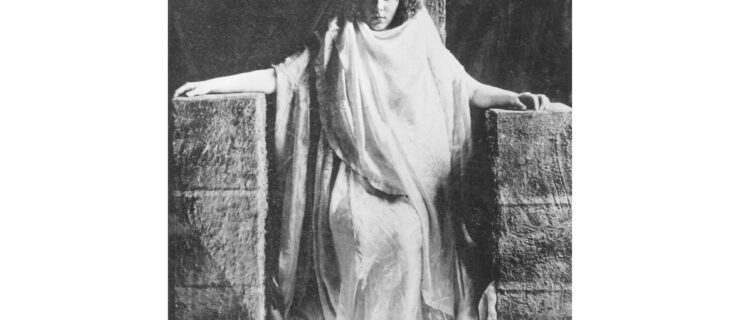The Reality of Dance Journalism Today
I started writing about dance in the mid-2000s. I won’t say that the state of professional arts journalism was exactly sanguine at the time, but as I remember it now, it was at least possible to think of arts journalism as a profession with a future. I had lots of senior colleagues then, people I looked up to and could aspire to emulate. Deborah Jowitt was writing for The Village Voice, and Elizabeth Zimmer was her editor. Until 2002, Tobi Tobias had been dance critic at New York magazine. Leigh Witchel was at the New York Post. Joel Lobenthal was writing for The New York Sun. The excellent Jordan Levin was covering the dance scene in Miami for the Miami Herald. Joan Acocella, the critic that made me fall in love with dance writing, was presiding over coverage at The New Yorker with wit and authority.
Then, over the course of a few years, this network of writers melted away. The New York Sun ceased publication in 2008. The Village Voice eliminated the position of full-time dance writer that same year. Dance Magazine stopped running reviews in 2013. The New York Post and Miami Herald got rid of their critics. Tragically, Ballet Review, a truly intelligent and in-depth dance journal, closed. The New York Times, where I was by then contributing as a freelancer, decreased its arts coverage, though it still has a dance critic on staff. The Goings On About Town section of The New Yorker, for which I also wrote (and continue to), did the same. Since Acocella stopped writing dance reviews for the magazine in 2019, the dance coverage has shrunk almost to nothing. I used to freelance for The Guardian and The Boston Globe, as well, but they stopped using New York–based freelancers and reduced the reach of their coverage.
Around the same time came the rise of online dance publications—like Danceviewtimes and Fjord Review and DanceTabs (and the Brooklyn Rail, which is both online and in print, and covers dance)—many of them excellent, but most can’t pay their writers, or pay very little. I’m a great fan and have written for most, and read them assiduously. They are wonderful additions to the dance conversation.
But somewhere in the mid-2010s, I came to a realization: Writing about dance had become something I did for pleasure and because I was driven to, but at best a gig, a hobby that paid something, not quite a profession. I worked on it full-time, but earned the equivalent of a part-time job. Over the years I have supplemented it with other work, mainly translations, public interviews and, more recently, with the advance on a book. I’m also married to a person who makes a decent salary.
At some point along the way I stopped imagining that all this writing, which I do with great enthusiasm and love and not a drop of regret, would ever lead to a salaried job at any mainstream publication with a wide readership. The truth is that culture writing that doesn’t involve celebrities or popular culture or scandal fills an increasingly small niche in the mainstream press. Articles about dance that don’t address larger societal issues, and that really focus in on the details of the art, are seldom put on the front page of the arts section.
At least once a year, I think that this may be the last year in which I devote myself full-time to writing about dance. It doesn’t really make any sense to keep doing it, except for the fact that I love it and feel compelled to do it. It is, to use a word that is overused these days, a privilege. I can do it because I’m middle-class, because my spouse is fully employed, because I know that no matter what, I will be able to buy food and pay the rent.
What we need is more voices, representing more of our world: more Asian writers and Hispanic writers and Black writers, writers of every background, interest, social class. But how can they be drawn into a profession that isn’t really a profession?
Many intelligent, ambitious young people give arts writing a try for a few years until, understandably, they form a more accurate picture of the labor situation and move on. As it is organized now, this is not a field that can sustain talented people while they devote years to really understanding the ins and outs of interpreting dance, and develop the perspective needed to place things into historical context. With just a few exceptions, American dance writing has become a field of (excellent, enthusiastic) quasi-volunteers.
What we are in the process of losing is the acquired breadth and depth of knowledge of a previous generation of critics, people who had devoted their lives to the form and who had seen a lot. People who could see the arc of history and put new creations in perspective. People who understood dance—the nitty-gritty details of choreography as well as the larger picture. People like Edwin Denby, Arlene Croce, Joan Acocella, Tobi Tobias, Deborah Jowitt, Marcia Siegel and many others. Their combined knowledge helped to frame and give cultural weight to the achievements of countless dancers, choreographers, designers and other professionals involved in the field. Because of their work, more people knew what was happening in the world of dance, and so it mattered more, to more people. I worry that the reality of dance writing today is a loss not only for cultural journalism, but for the visibility and cultural relevance of dance itself.




